Projects Portfolio

Fargo-Moorhead Stormwater Diversion Channel P3
This project is constructing a 30-mile long flood diversion channel that is designed to protect Moorhead, Fargo and West Fargo from flooding for 100 years.
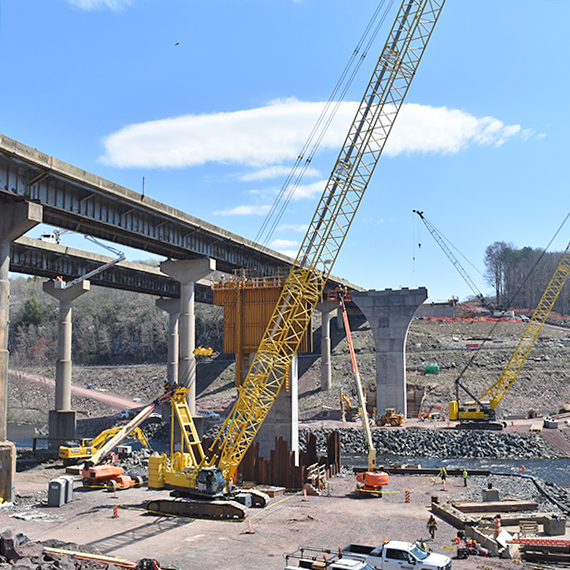
PennDOT Major Bridge P3 Program
S&B USA is part of Bridging Pennsylvania Developers (BPD), a group that formed as a response to the PennDOT Pathways Program, which is rapidly addressing the state's growing backlog of rehabilitation needs for major bridges that are approaching the end of their lifespan.

Beaver River Bridge Replacement
This project plans to build two new parallel cast-in-place segmental bridges to replace the current steel deck truss bridge that was built in 1953.
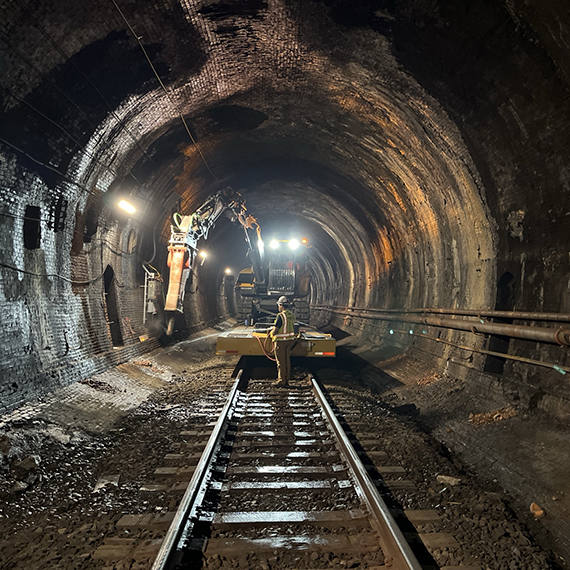
CSX Howard Street Tunnel Clearance Project Progressive Design-Build
Fay is in the design phase of a progressive design-build project that will increase the clearance of the Howard Street Tunnel from 19 to 21 feet to permit the safe passage of double-stack trains.
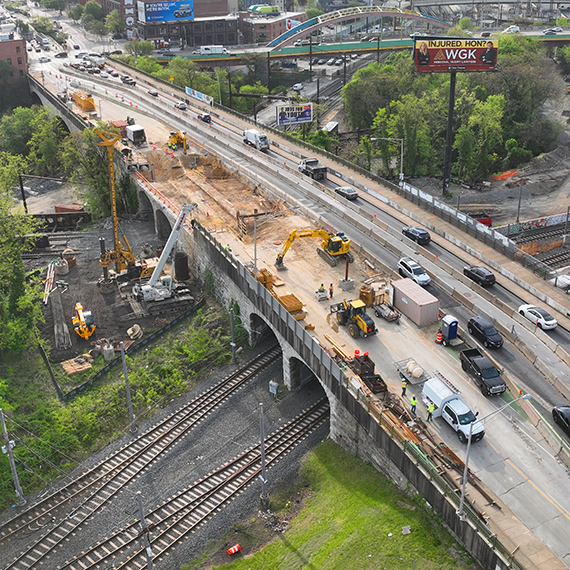
CSX North Avenue Bridge Progressive Design-Build
Fay will replace two 19th century 27-ft closed-spandrel brick masonry arches with modern steel girder and concrete deck bridge superstructures.
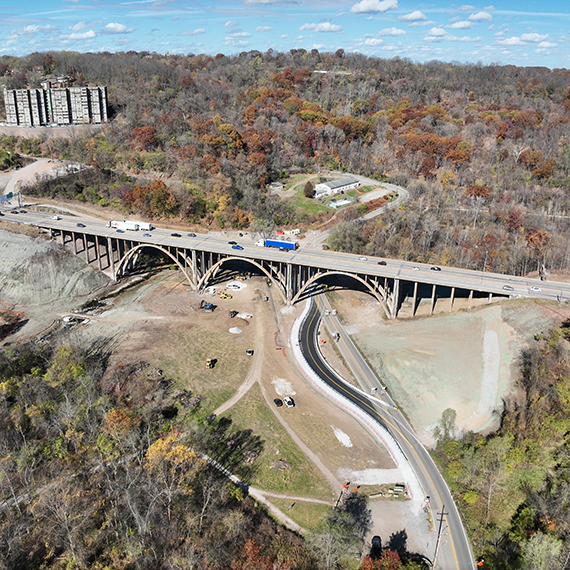
I-376 Commercial Street Bridge Replacement
Fay, S&B USA Construction (Fay) is replacing the current Commercial Street Bridge on I-376 in Pittsburgh, PA with an arched delta frame structure using horizontal sliding Accelerated Bridge Construction (ABC) techniques. The new structure will be built adjacent to the old bridge.
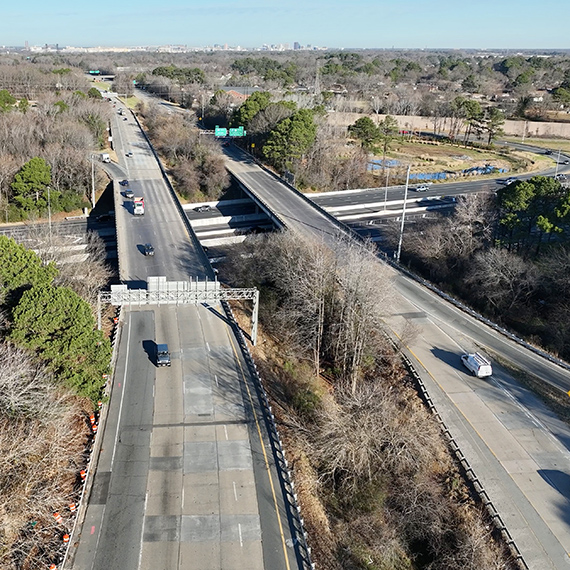
I-64 and I-464 Interchange Exit 291 Ramp Improvements Design-Build
In this Design-Build project, Fay, S&B USA Construction (Fay) will improve the I-64/I-464 interchange in Chesapeake, VA, by providing a direct connection between I-64 eastbound and Route 168 southbound via I-464 southbound.
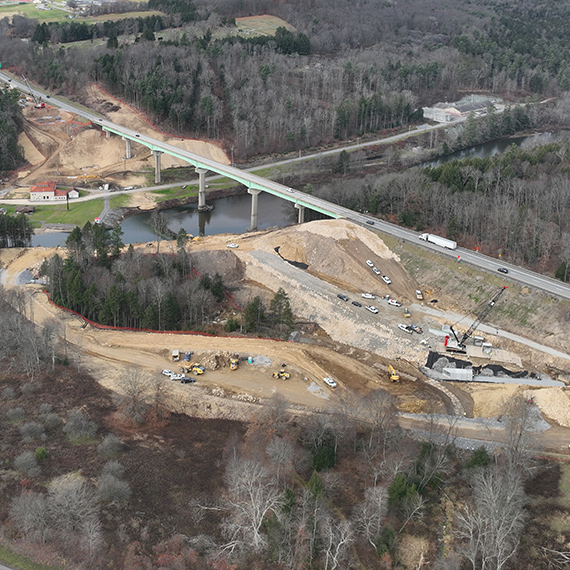
I-80 North Fork Bridge
This project is reconstructing the eastbound and westbound I-80 bridges over North Fork Redbank Creek, Water Plant Road and the Walter Dick Memorial Park in Brookville, PA. The North Fork Bridges project is part of the PennDOT Major Bridge Public-Private Partnership (P3) Program.
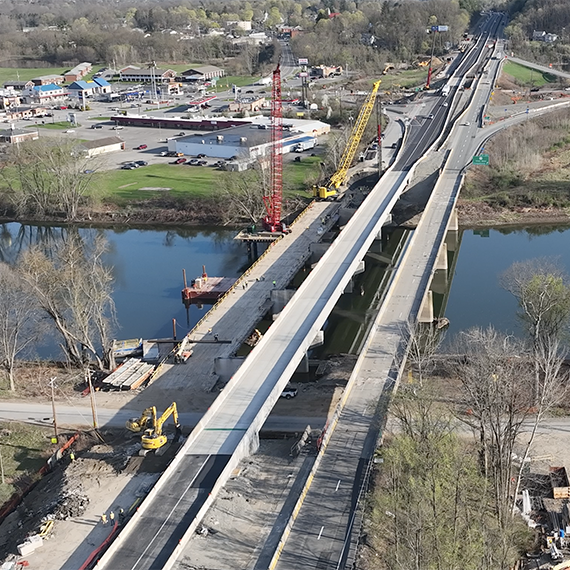
I-81 Susquehanna River Bridges Replacement
This project is part of the overall I-81 Susquehanna Project, a nine-mile stretch of reconstruction and repair work along I-81 in northeastern Pennsylvania from New Milford Borough to the New York border.
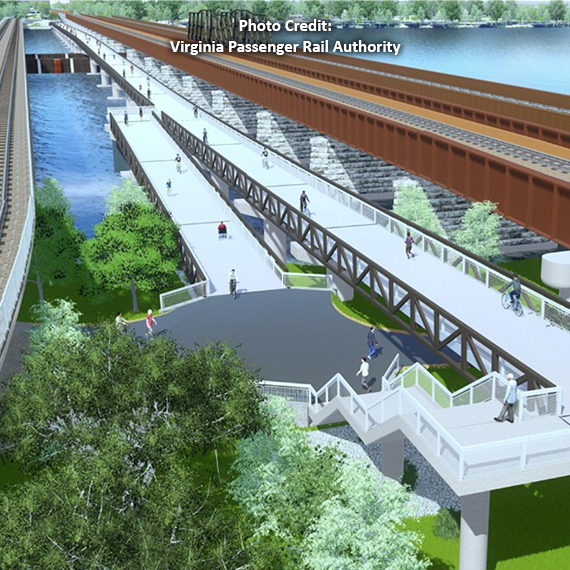
Long Bridge South Design-Build
The project comprises a new two-track railroad bridge and a bicycle/pedestrian bridge that will be constructed from Arlington, VA over the Potomac River to Washington, DC. This will increase passenger rail capacity to meet future rail needs through this busy rail corridor.
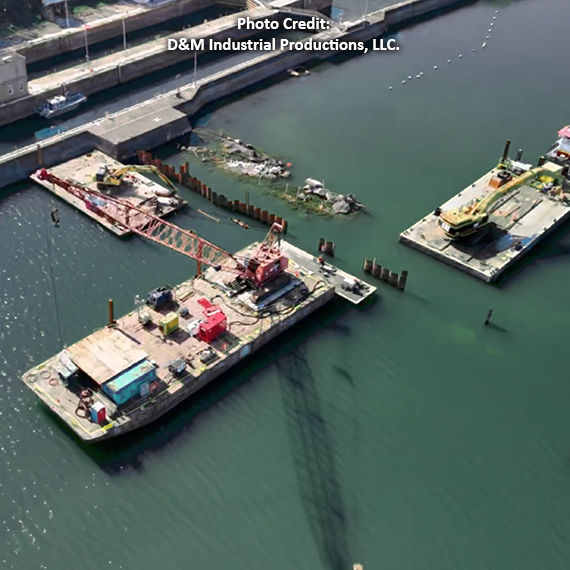
Monongahela River Locks and Dam no. 3 Demolition
This project is demolishing and decommissioning the Monongahela River Locks and Dam no. 3 in southwestern Pennsylvania to establish a new navigable channel and stabilize the monoliths that will remain after construction.
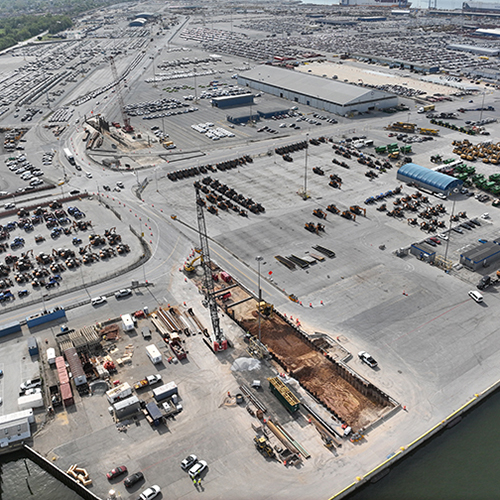
MPA First Street Box Culvert Bid-Build Best Value
Fay, S&B USA Construction (Fay) is installing a new precast concrete box culvert and storm drainage system as part of the Maryland Port Administration's (MPA) stormwater resiliency upgrades at the Dundalk Marine Terminal in Baltimore.